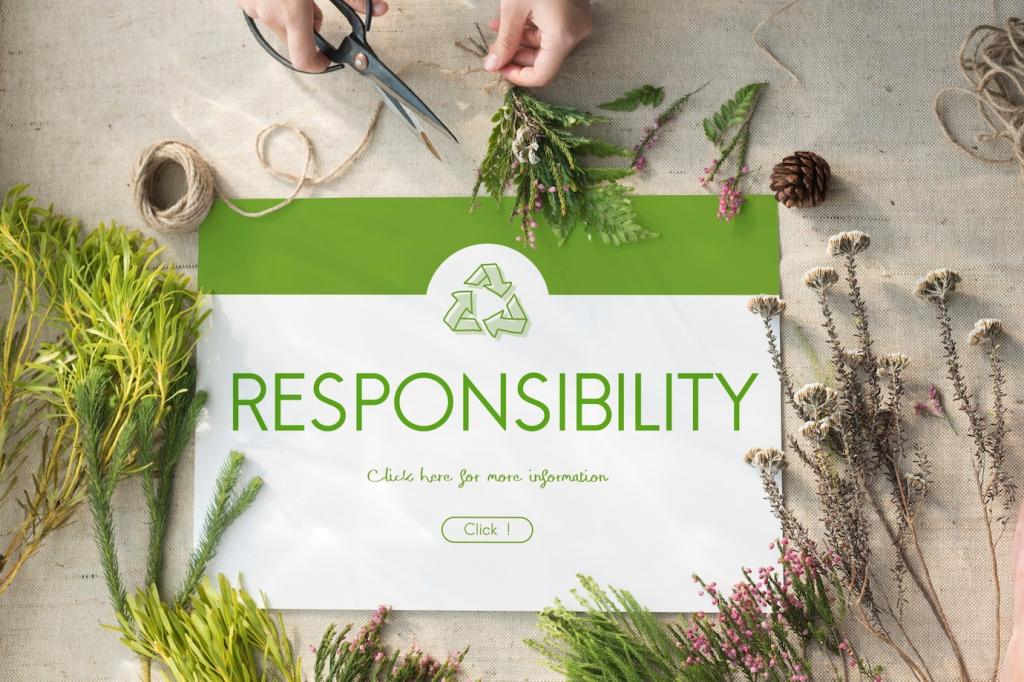Strategies for Eco-Friendly Content Marketing: Tell Better Stories With a Lighter Footprint
Chosen theme: Strategies for Eco-Friendly Content Marketing. Welcome to a practical, hopeful guide for marketers who want measurable results without unnecessary waste. We’ll share field-tested tactics, relatable stories, and clear prompts so you can join our community, subscribe for updates, and help shape a greener digital future.

Audiences reward brands that respect their time and the planet. Eco-friendly content signals clarity, care, and credibility. When you minimize digital clutter and prioritize usefulness, you improve accessibility, reduce bounce rates, and invite deeper trust. Share your intent openly and invite readers to comment or subscribe to help refine future topics.

Treat each article, video, or infographic like a durable asset that can be refreshed, repurposed, and redistributed over time. A lifecycle mindset cuts rework and production emissions while strengthening consistency. Ask your audience what updates they need next, then iterate rather than restarting from scratch every quarter.

Set guiding principles: clarity over flash, substance over volume, and longevity over novelty. Choose a few purposeful topics, establish performance budgets, and commit to ethical production. Invite readers to review your principles, suggest improvements, and sign up for periodic updates that show progress and setbacks with humility.
Low-Carbon Content Production
Consolidate interviews, b-roll, and stills into one well-scripted session to avoid reshoots and travel. Prepare a shot list, story beats, and backup angles that support multiple formats. Invite readers to share pre-production templates they love, and subscribe to get our reusable checklists and planning calendars.

Low-Carbon Content Production
Adopt virtual table reads, remote interviews, and collaborative script reviews to cut transport emissions. Use shared outlines and feedback threads to keep teams aligned across time zones. Ask your community for tools and workflows that keep quality high while minimizing travel, and we’ll publish a curated roundup next month.
Set strict limits for page weight and requests. Compress images, prefer modern formats, lazy-load offscreen assets, and avoid auto-playing video. Readers, try optimizing one page this week and tell us how performance changed. We’ll share aggregated, anonymized results in our newsletter to encourage collective learning.
Lightweight, Accessible Digital Experiences
Repurpose, Don’t Redo
Atomize core content into concise, context-rich pieces for newsletters, social threads, and lightweight explainers. Link back to a single evergreen hub rather than duplicating pages. Ask our community which formats resonate most, and subscribe to see a monthly teardown of the most effective repurposing pathways.
Signals Over Spam
Publish when you have substance, not just schedule gaps. Use schema, alt text, and clear headings to help search engines and readers alike. Invite feedback on what actually helped, then remove underperforming assets instead of cluttering feeds. Share your wins so others can adopt the leaner, smarter approach.
Sustainable Social Practices
Favor concise posts, meaningful conversations, and static visuals when possible. Provide transcripts and captions, and avoid heavy autoplay media. Encourage your audience to bookmark rather than re-request content. Ask followers to respond with their low-bandwidth tips, and we will compile them into a community guide.
Use page-weight tracking and carbon estimation methods to approximate energy use. Record improvements after optimizations and share transparent notes with readers. Invite subscribers to contribute benchmark data from various industries so we can publish a practical, evolving reference everyone benefits from.
Measurement and Green KPIs
Measure conversions, time-on-page, and satisfaction per megabyte served. Highlight assets that deliver outsized outcomes efficiently. Encourage readers to test a lighter variant of their top page, report results, and collaborate on a public dataset demonstrating how lean content often performs just as well or better.
Measurement and Green KPIs
Storytelling That Moves People, Not Just Metrics
A small nonprofit replaced a video-heavy landing page with a concise story, photos compressed responsibly, and a short audio clip. Load time halved, donations rose, and volunteers praised the clarity. Share your own before-and-after story and subscribe to read monthly spotlights on brave, low-impact redesigns.
Governance and Continuous Improvement
Adopt rules for page weight, alt text, media reuse, and ethical sourcing. Build checklists into briefs and approvals. Ask readers which standards feel realistic, and subscribe for a version-controlled template you can adapt internally, complete with examples and rationale for each recommended practice.
Governance and Continuous Improvement
Provide quick-reference cards, short workshops, and office hours. Celebrate lightweight wins publicly to reinforce habits. Invite our audience to request topics for future trainings, and we will prioritize those in upcoming posts and exclusive subscriber sessions with practitioners who have shipped sustainable improvements.
Governance and Continuous Improvement
Schedule audits, retire outdated assets, and document changes. Publish a quarterly recap for subscribers detailing what worked, what failed, and what you will try next. Encourage readers to reply with questions; we will address the most insightful ones in a follow-up series focused on real-world constraints.
